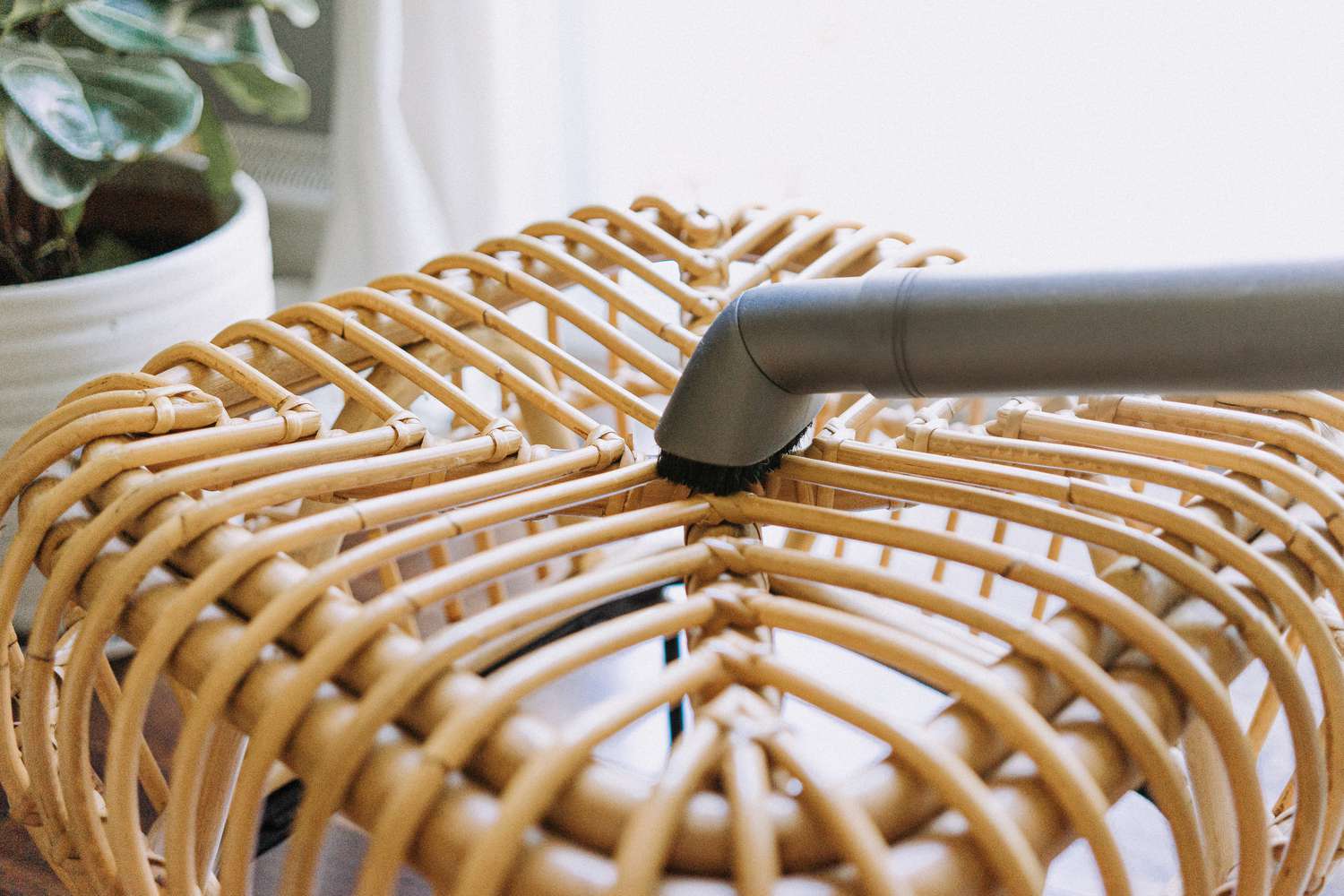

Articles
How To Clean Wicker Furniture
Modified: January 19, 2024
Learn the best techniques for cleaning wicker furniture with these expert tips. Keep your furniture looking fresh and vibrant with our easy-to-follow guide.
(Many of the links in this article redirect to a specific reviewed product. Your purchase of these products through affiliate links helps to generate commission for Storables.com, at no extra cost. Learn more)
Introduction
Wicker furniture is a popular choice for both indoor and outdoor spaces due to its timeless beauty and natural charm. Whether you have wicker chairs on your patio or a wicker sofa in your living room, it’s important to keep them clean and well-maintained to ensure their longevity. Cleaning wicker furniture is not only about maintaining its appearance but also about preserving its structural integrity. In this article, we will provide you with a comprehensive guide on how to clean wicker furniture effectively and efficiently.
Before we begin, it’s essential to gather the necessary materials for the cleaning process. You will need a soft brush or vacuum cleaner with a brush attachment, mild soap or detergent, warm water, a sponge or cloth, a bucket, and a soft towel. Once you have these materials ready, you can proceed with the step-by-step cleaning instructions.
Key Takeaways:
- Regular cleaning and maintenance are essential to preserve the natural beauty and longevity of wicker furniture. Follow the step-by-step guide to ensure your wicker furniture remains in pristine condition for years to come.
- Proper drying and applying a protective coating are crucial steps in maintaining wicker furniture. By following these care tips, you can protect your furniture from damage and enjoy its timeless charm.
Read more: How To Clean Wicker Patio Furniture
Materials Needed
Before you start cleaning your wicker furniture, it’s important to gather the necessary materials. Having these items on hand will make the cleaning process easier and more efficient. Here’s a list of the materials you will need:
- Soft brush or vacuum cleaner with a brush attachment: This will help remove loose debris, dust, and dirt from the wicker surface.
- Mild soap or detergent: Choose a gentle soap or detergent that is suitable for cleaning delicate materials. Avoid using harsh chemicals or abrasives that can damage the wicker.
- Warm water: Fill a bucket with warm water for mixing with the soap or detergent.
- Sponge or cloth: Use a soft sponge or cloth to clean the wicker furniture. Make sure it’s clean and free of any abrasive particles.
- Bucket: Use a bucket to mix the soap or detergent with warm water.
- Soft towel: You will need a soft towel for drying the wicker furniture after cleaning.
Having these materials readily available will ensure that you can clean your wicker furniture efficiently and effectively. Once you have everything gathered, you’re ready to start the cleaning process.
Step 1: Dusting the Furniture
The first step in cleaning your wicker furniture is to remove any loose debris or dust that may have accumulated on the surface. Dusting the furniture regularly not only helps maintain its appearance but also prevents the accumulation of dirt and grime that can lead to stains and discoloration. Follow these steps to effectively dust your wicker furniture:
- Start by using a soft brush or a vacuum cleaner with a brush attachment to gently remove any loose dust or debris from the wicker surface.
- Work in small sections, brushing or vacuuming the wicker in a gentle back-and-forth motion. Take care not to apply too much pressure, as this can cause the wicker strands to break or unravel.
- Pay special attention to the crevices and hard-to-reach areas. Dust tends to accumulate in these areas, and brushing or vacuuming them will help ensure a thorough cleaning.
- If using a vacuum cleaner, make sure to adjust the suction power to a lower setting to avoid pulling or damaging the wicker.
- Continue dusting the entire surface of the furniture until all loose debris has been removed.
Dusting the furniture regularly will help maintain its overall cleanliness and prevent the build-up of dirt and grime. Once you have completed this step, you can proceed to the next step of the cleaning process: vacuuming the crevices.
Step 2: Vacuuming the Crevices
Wicker furniture often has intricate weaving patterns and crevices where dust and dirt can accumulate. Vacuuming the crevices is an important step in ensuring a thorough cleaning. Here’s how you can effectively vacuum the crevices of your wicker furniture:
- Attach a brush attachment to your vacuum cleaner.
- Ensure that the suction power is set to a lower setting to avoid damaging the wicker.
- Gently run the brush attachment along the crevices of the wicker furniture, making sure to reach into all the nooks and crannies.
- Move the brush attachment in a back-and-forth motion to dislodge any trapped dust or debris.
- Continue vacuuming the crevices of the entire furniture, paying extra attention to areas where the weaving is tighter and dirt tends to accumulate.
By vacuuming the crevices, you’ll be able to remove any hidden dirt or dust that may not have been eliminated during the dusting process. This step will ensure that your wicker furniture is thoroughly cleaned and ready for the next stage of the cleaning process: cleaning with mild soap and water.
Step 3: Cleaning with Mild Soap and Water
Once you have finished dusting and vacuuming your wicker furniture, it’s time to proceed with the actual cleaning. Cleaning wicker with mild soap and water is the most effective and safe method to remove dirt, stains, and grime without damaging the natural fibers. Here’s how you can clean your wicker furniture:
- Fill a bucket with warm water and add a few drops of mild soap or detergent. Avoid using harsh chemicals or abrasive cleaners, as they can damage the wicker.
- Using a soft sponge or cloth, dip it into the soapy water and gently wring out any excess moisture.
- Starting from the top of the furniture, gently scrub the wicker with the soapy sponge or cloth. Work in small sections, ensuring that you reach all sides and surfaces.
- Pay extra attention to any stained or heavily soiled areas, applying a bit more pressure to remove the dirt. Take care not to scrub too vigorously, as this can loosen the weaving or cause damage.
- Once you have thoroughly cleaned the entire furniture, rinse the sponge or cloth with clean water and wring out any excess moisture.
- Use the damp sponge or cloth to wipe away any soap residue from the wicker surface.
Remember to work in small sections and rinse the sponge or cloth frequently to avoid spreading dirt or soap residue. It’s important to be gentle when cleaning wicker to prevent any damage to the delicate fibers. Once you have completed this step, move on to the next step to address any tough stains or stubborn dirt that may remain on your wicker furniture.
To clean wicker furniture, mix a solution of mild soap and water. Use a soft brush to gently scrub the wicker, then rinse with a hose and let it air dry completely. Avoid using harsh chemicals or abrasive cleaners to prevent damage to the wicker.
Read more: How To Paint Wicker Furniture
Step 4: Removing Tough Stains
While regular cleaning with mild soap and water can remove most dirt and stains from wicker furniture, there may be instances where tougher stains require some extra attention. Here’s how you can effectively remove tough stains from your wicker furniture:
- Identify the type of stain you’re dealing with. Different stains may require different removal methods.
- For food or beverage stains, create a paste by mixing equal parts baking soda and water. Apply the paste to the stained area and gently scrub with a soft brush or cloth. Rinse the area with clean water and wipe away any residue.
- For oil or grease stains, sprinkle some cornstarch or talcum powder on the affected area. Let it sit for a few minutes to absorb the oil, then gently brush it away. If any residue remains, clean the area with mild soap and water.
- For mold or mildew stains, mix equal parts vinegar and water in a spray bottle. Spray the affected area generously and let it sit for a few minutes. Scrub the stain with a soft brush or cloth and rinse with clean water.
- For stubborn stains that won’t come off with the above methods, you may need to use a commercial wicker cleaner or seek professional assistance.
Remember to always test a small, inconspicuous area before applying any cleaning solution or method to the entire furniture. This will help ensure that the cleaning process doesn’t cause any damage or discoloration to your wicker. Once the tough stains have been removed, you can proceed to the next step: drying the furniture.
Step 5: Drying the Furniture
After cleaning your wicker furniture, it’s crucial to properly dry it to prevent any moisture-related issues such as mold or mildew growth. Here’s how you can effectively dry your wicker furniture:
- Use a soft towel to gently pat dry the wicker surface. Absorb as much moisture as possible to speed up the drying process.
- Avoid leaving your wicker furniture in direct sunlight to dry, as this can cause the natural fibers to become brittle and prone to damage.
- Instead, find a well-ventilated area with low humidity to allow your wicker furniture to air dry. Set up a fan or open windows to further enhance the airflow, expediting the drying process.
- If it’s a sunny day, you can place your wicker furniture outside, but in a shaded area to avoid direct sunlight. Make sure it’s protected from rain or any other forms of moisture.
- Allow your wicker furniture to air dry completely before using or storing it. This may take anywhere from a few hours to a couple of days, depending on the humidity levels and airflow.
Ensuring that your wicker furniture is thoroughly dry before using or storing it will help maintain its integrity and prevent any potential damage. Once your wicker furniture is dry, you can proceed to the final step: applying a protective coating.
Step 6: Applying Protective Coating
To prolong the lifespan of your wicker furniture and keep it looking beautiful for years to come, it’s recommended to apply a protective coating. This will help shield the wicker from UV rays, moisture, and general wear and tear. Follow these steps to apply a protective coating to your wicker furniture:
- Choose a suitable protective coating for wicker furniture. Look for products that are specifically designed to protect and enhance the natural beauty of wicker.
- Ensure that your wicker furniture is clean and dry before applying the protective coating. Any dirt or moisture left on the surface can hinder the effectiveness of the coating.
- Apply the protective coating evenly to the entire surface of the wicker using a soft brush or cloth. Make sure to cover all sides and crevices of the furniture.
- Allow the protective coating to dry according to the manufacturer’s instructions. This may involve letting it air dry or using a fan to speed up the process.
- If desired, you can apply a second coat of protective coating for added durability and protection. Make sure to follow the recommended drying time between coats.
By applying a protective coating, you can enhance the longevity and appearance of your wicker furniture. The protective layer will help guard against fading, moisture damage, and everyday wear and tear. Regularly inspect your wicker furniture and reapply the protective coating as needed to maintain its protective properties.
With proper cleaning and maintenance, your wicker furniture can continue to bring elegance and comfort to your space for years to come. Follow these steps regularly to ensure that your wicker furniture remains in pristine condition.
By following these steps to clean and maintain your wicker furniture, you can ensure that it stays in top condition for years to come. Regular cleaning and proper maintenance are key to preserving the beauty and lifespan of your wicker furniture. So, go ahead and give your wicker furniture the care and attention it deserves!
Conclusion
Wicker furniture is a beloved choice for its natural beauty and timeless appeal. By following the steps outlined in this guide, you can effectively clean and maintain your wicker furniture, ensuring its longevity and preserving its pristine condition. Regular dusting and vacuuming, along with a gentle cleaning using mild soap and water, will keep your wicker furniture looking its best.
For stubborn stains, it’s important to address them promptly using appropriate methods. Whether it’s a food stain, oil residue, or mold and mildew, there are specific techniques to tackle each challenge. By identifying the type of stain and using the appropriate cleaning solution, you can effectively remove tough stains without causing harm to the delicate wicker fibers.
After cleaning, it’s crucial to properly dry your wicker furniture to prevent any moisture-related damage. Ensure that the furniture is completely dry before using or storing it to avoid issues such as mold and mildew growth. Additionally, applying a protective coating can help shield the wicker from environmental factors and extend its lifespan.
Remember, regular maintenance is key to keeping your wicker furniture in excellent condition. By incorporating these cleaning and maintenance practices into your routine, you can enjoy the natural beauty and comfort of your wicker furniture for many years to come.
So, give your wicker furniture the care it deserves, and allow it to continue adding charm and elegance to your indoor and outdoor spaces.
Frequently Asked Questions about How To Clean Wicker Furniture
Was this page helpful?
At Storables.com, we guarantee accurate and reliable information. Our content, validated by Expert Board Contributors, is crafted following stringent Editorial Policies. We're committed to providing you with well-researched, expert-backed insights for all your informational needs.
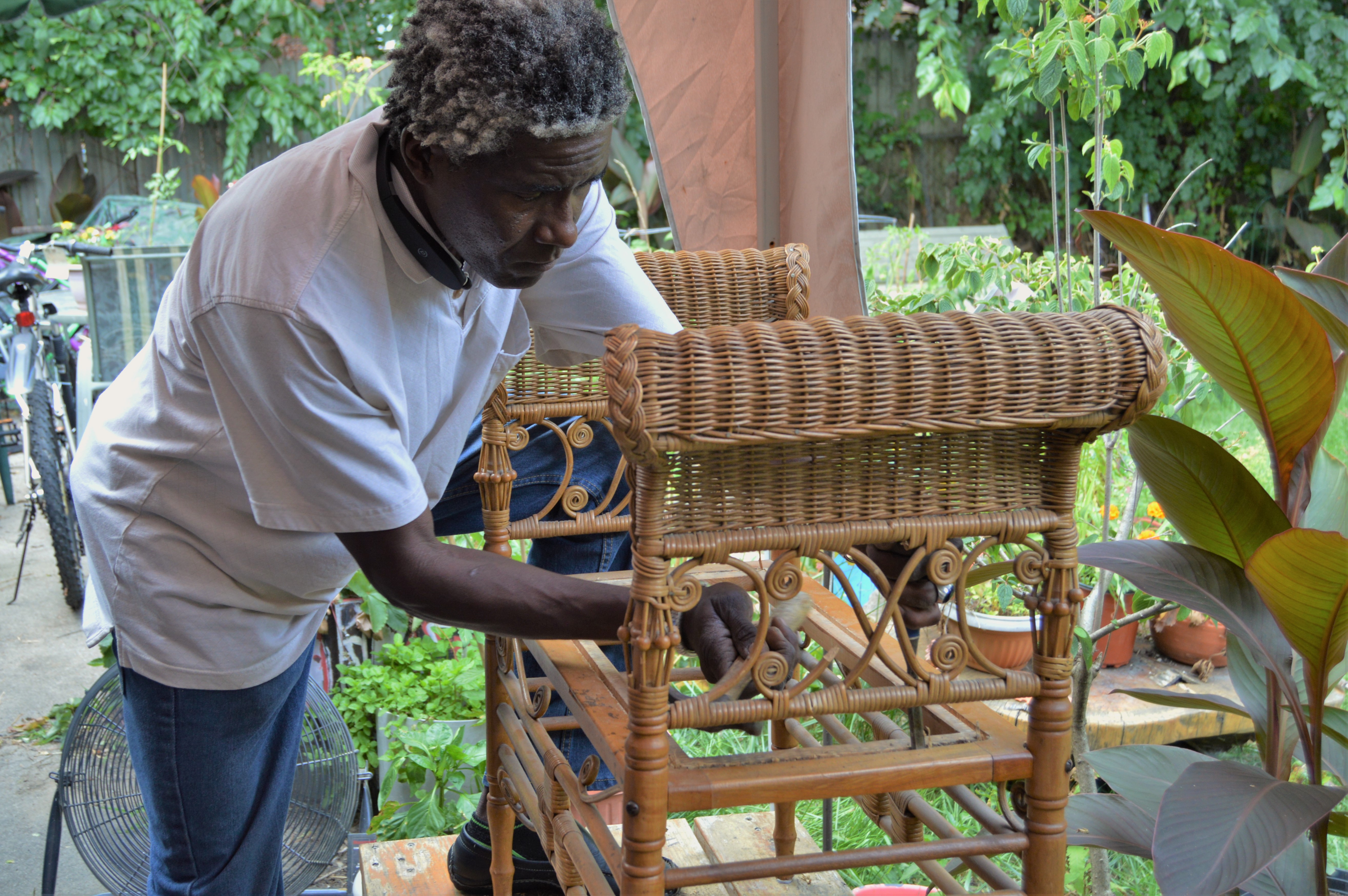
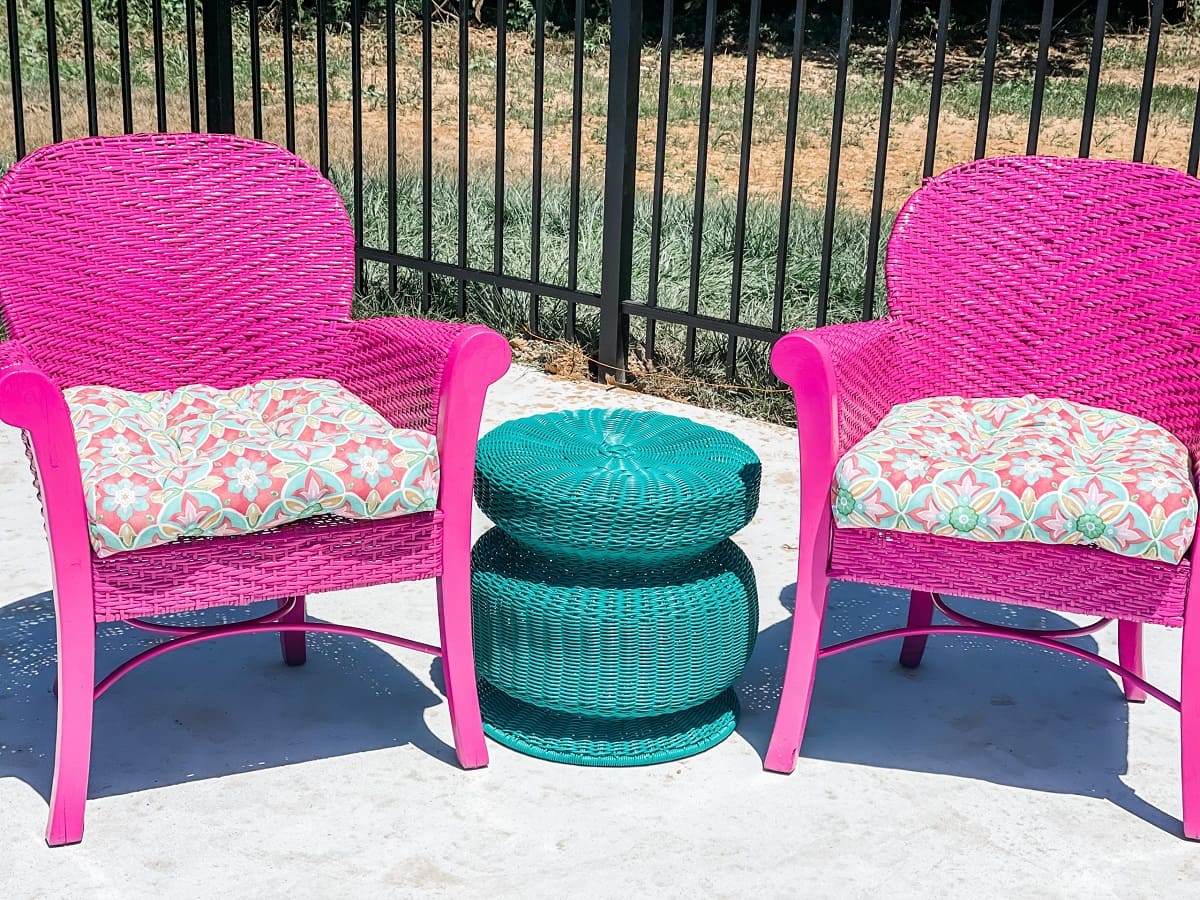

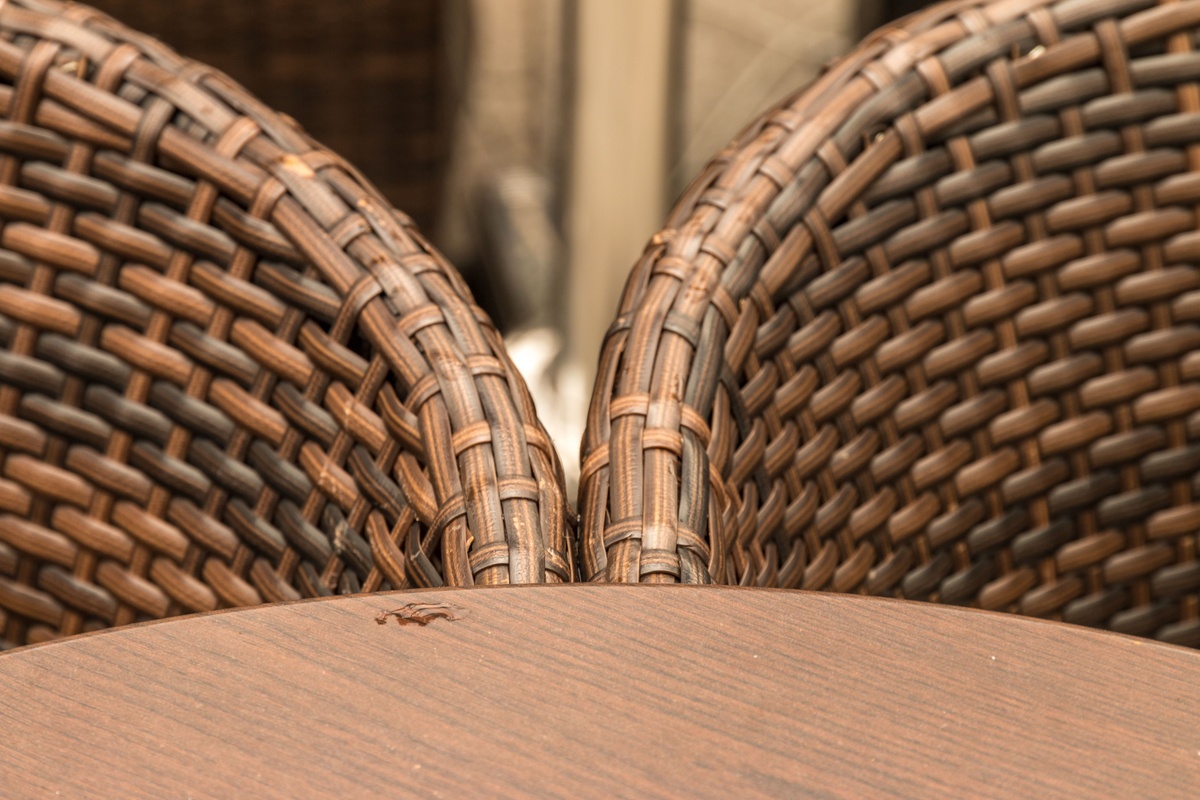
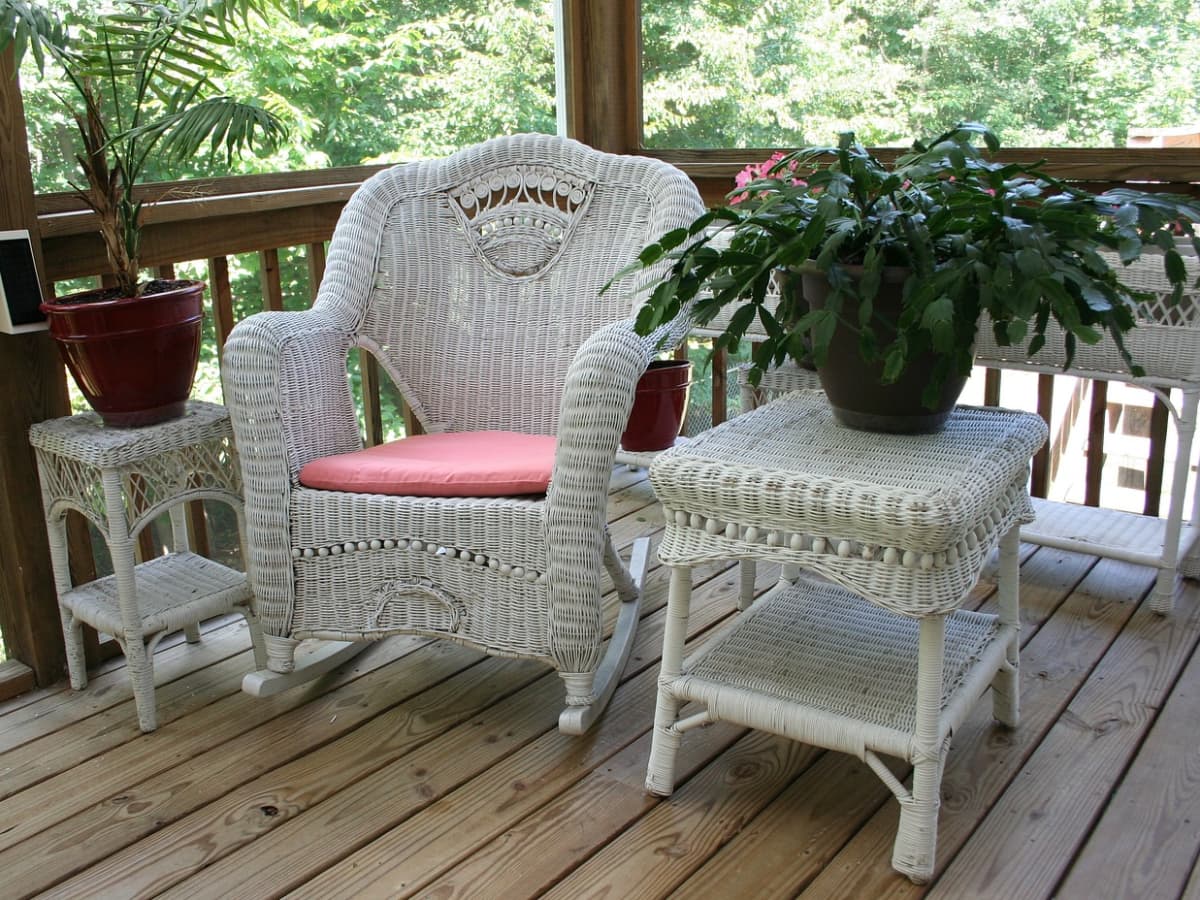
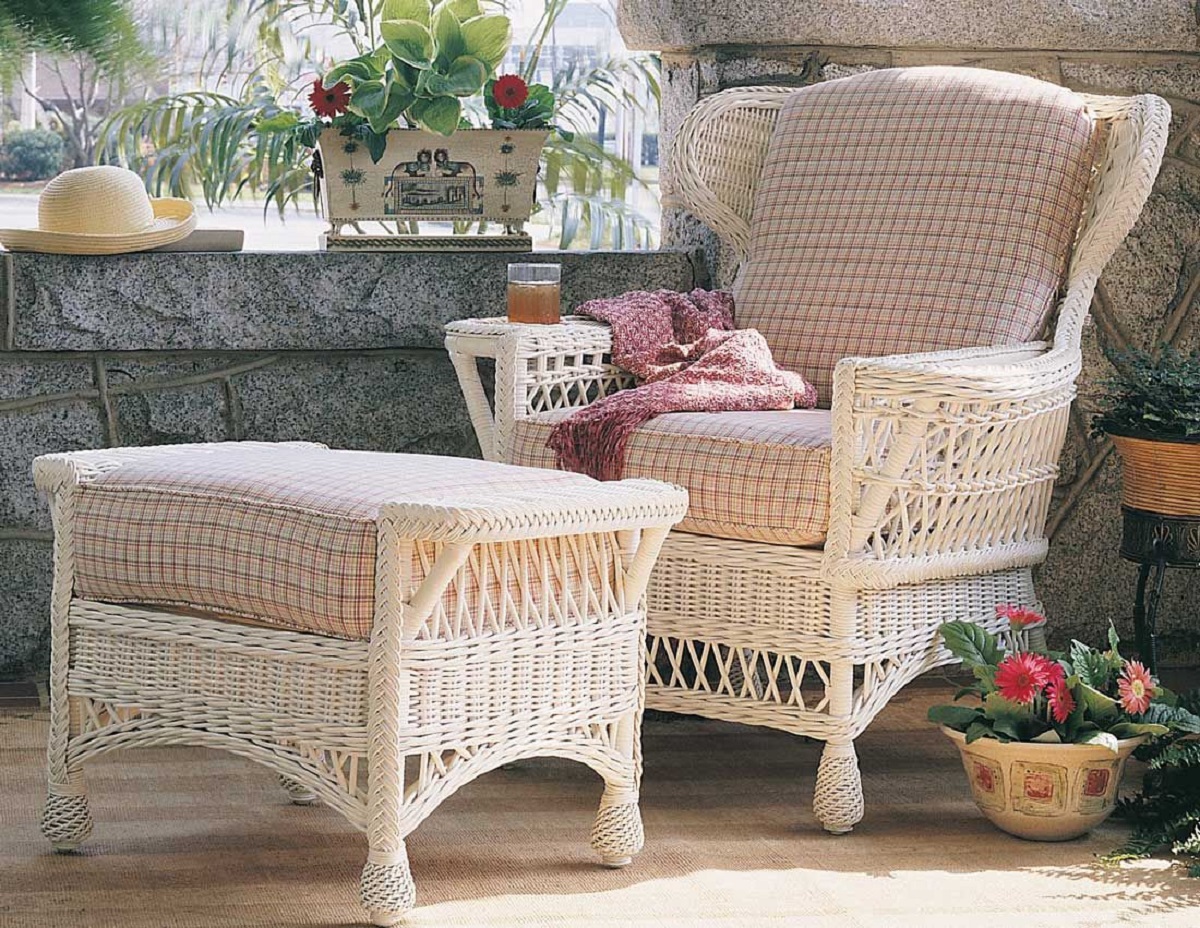
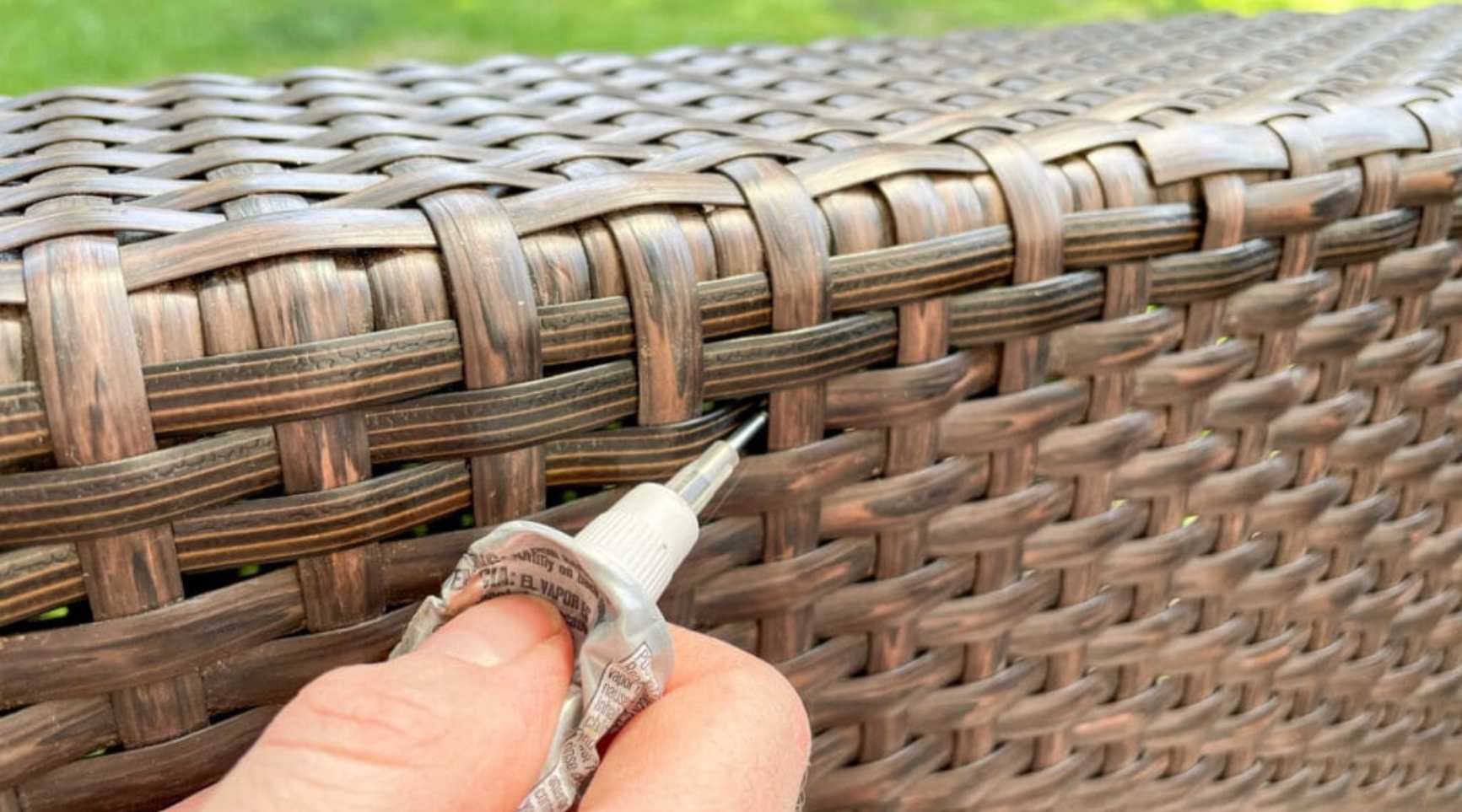


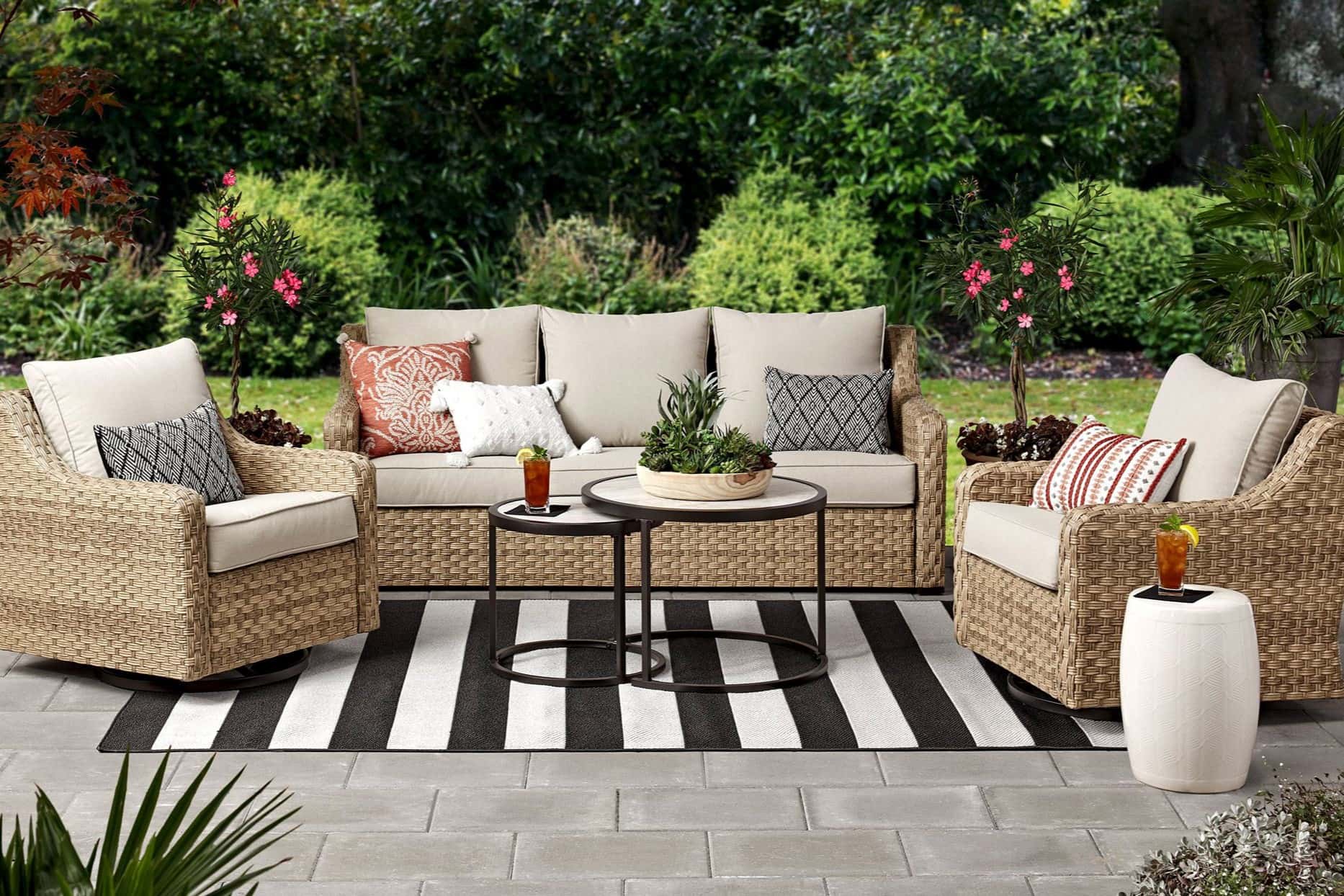
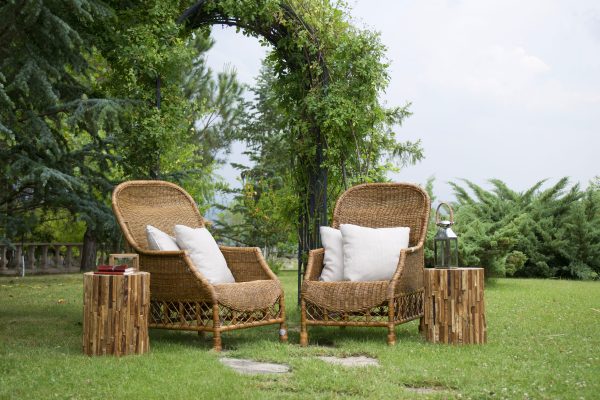
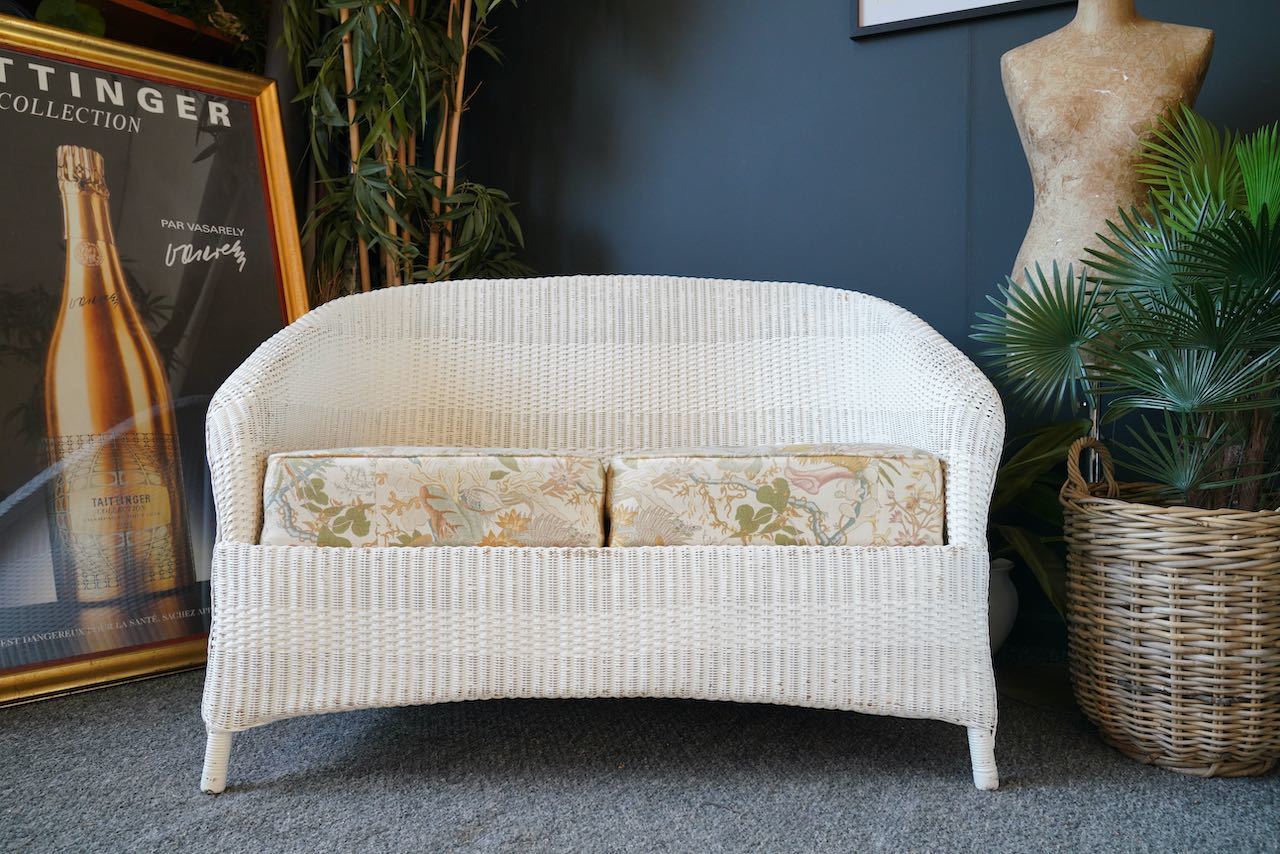

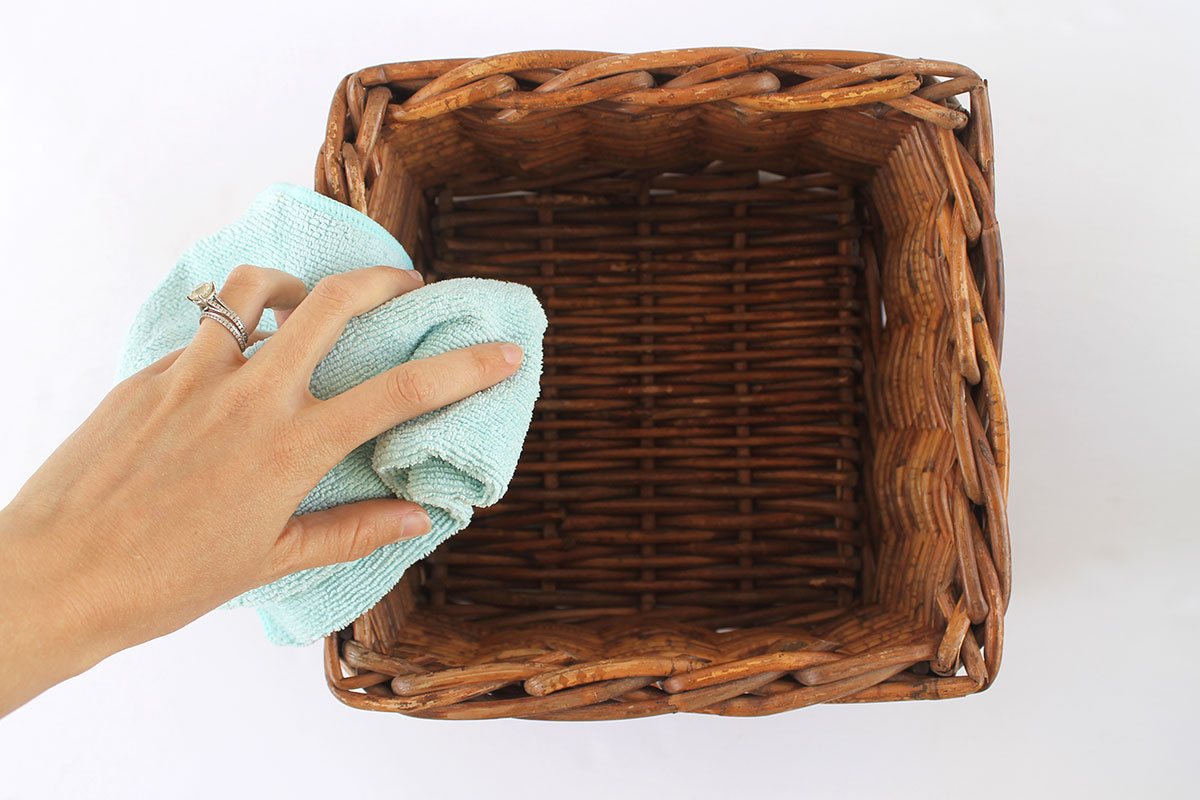

0 thoughts on “How To Clean Wicker Furniture”